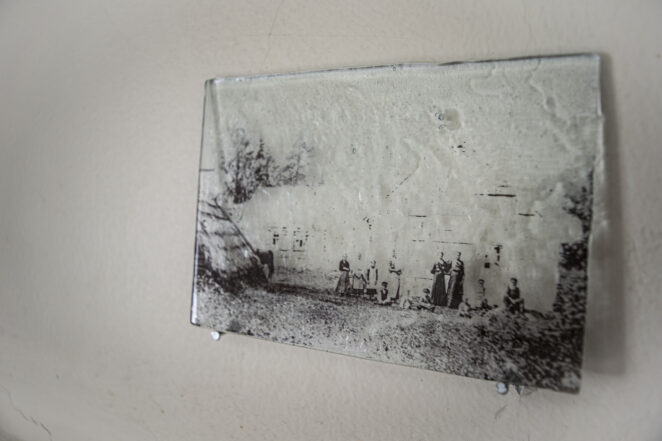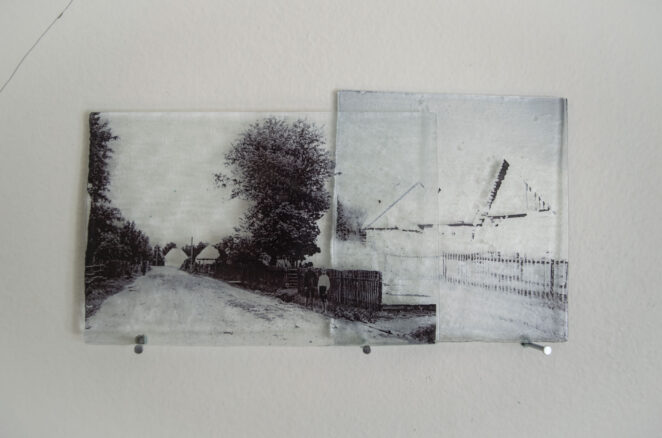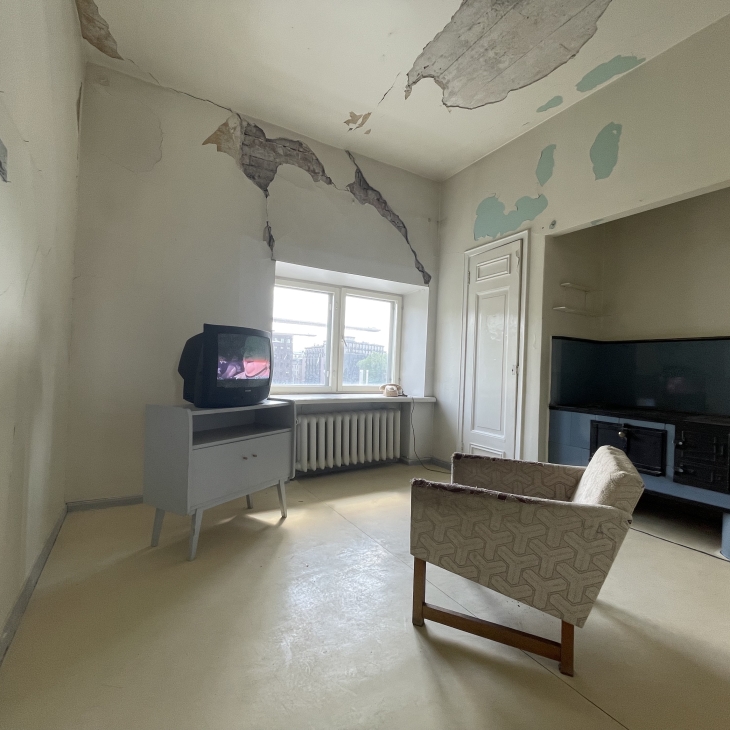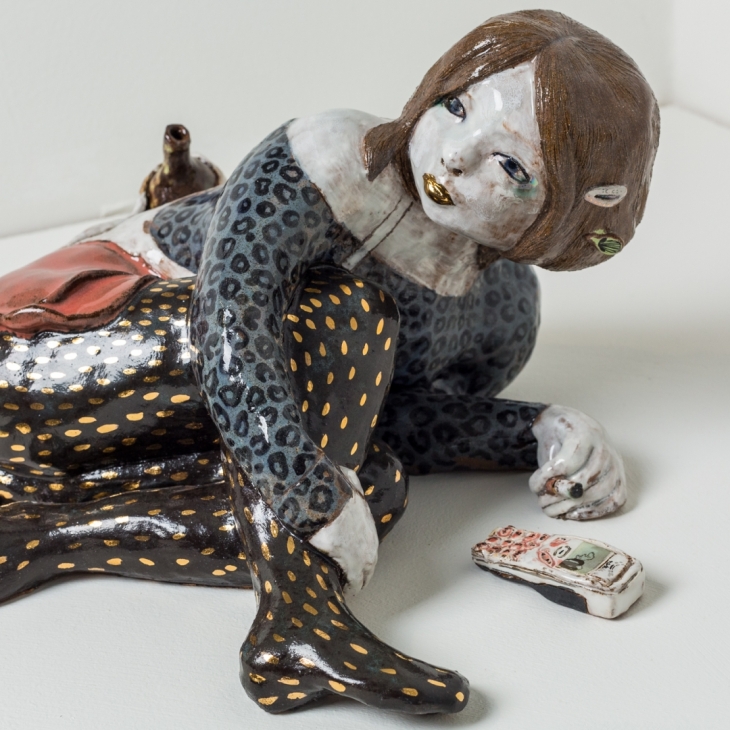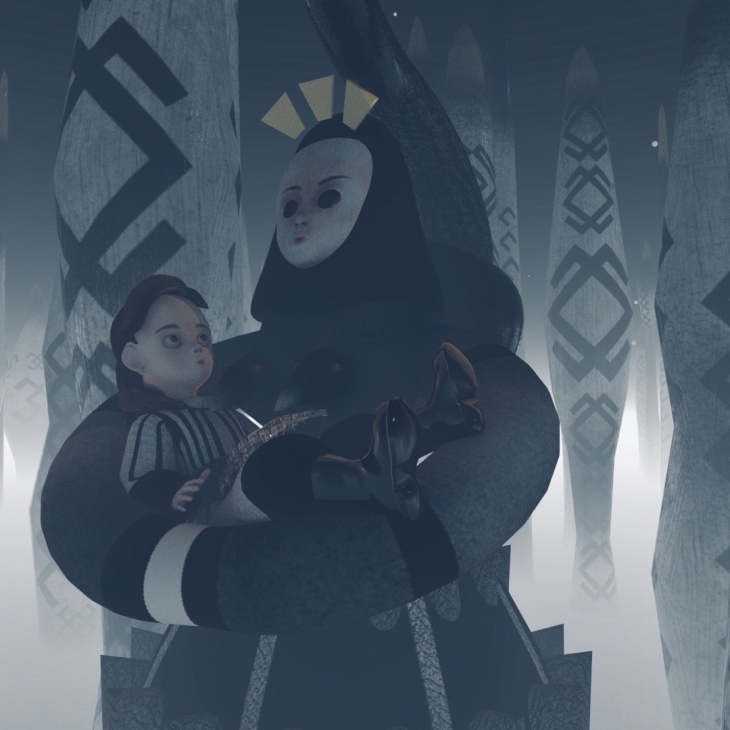Ingria's Elegy, 2024
Sound, video, archive photos on glass
I remember my great-grandmother Eva singing through the phone. I didn’t understand why she was singing to me in a foreign language.
My grandmother and her siblings are all Ingrian Finns, none of whom were born in Ingria. The life stories of Ingrians are full of deportations, escapes, and hunger, but also hard work to rebuild the lives that were taken from them. The Soviet Union labeled Ingrians as “enemies of the people”. That’s why Ingrians kept silent about their nationality for decades, finding the freedom to talk about their roots only after the collapse of the Soviet Union. Fifty years of suppressing one’s national roots leave a mark. Ingrians have been scattered all over the world, their villages have been changed beyond recognition, native place names have disappeared. There were 61 Ingrian villages in Ingria – now three Ingrian Finns live in this region in three different villages.
There is no photo or object-based material preserved from my family. Our family’s heritage is mainly oral and preserved in fragments – snippets of songs, recollections, reminiscences, and some Ingrian-Finnish words. For my graduation work, I have collected various pieces of my family’s heritage, conducted interviews, and browsed through archives and databases. I have tried to create vessels in the form of artworks to store these memories of my Ingrian heritage.
Sometimes I catch myself humming seemingly unfamiliar songs, but soon I realize I’m humming the same songs that my great-grandmother once sang.
The installation consisted of a sound piece installed in a landline telephone, a video installed in an old CRT-TV, and three archive photos of Ingrian villages printed on glass. The landline telephone would ring occasionally, and visitors had the opportunity to pick up the phone and listen to the childhood songs of my great-grandmother. The songs were recorded by my family before my great-grandmother Eva’s passing. Although her children, including my grandmother and her siblings, still sing some of those Ingrian songs at family gatherings, the songs are fading, and generations after them can’t speak any Ingrian-Finnish. This telephone is frozen in time, a vessel to keep the songs alive. The video work consists of footage of my family parties between 1996 and 2005 and interviews I conducted with my relatives. Mostly, they discuss the significance of my great-grandmother and her songs within the family.
